Cars haven't just moved us from point A to B—they have shaped our societies, influenced global economies, and even defined entire generations. Across history, a handful of trailblazing vehicles have done much more than fill the roads; they have sparked cultural shifts, catalysed industrial revolutions, and inspired dreams of freedom and innovation. Here’s a look at five game-changing cars that didn’t merely transport us—they changed the very direction in which we travelled.
The Birth of Mobility: Ford Model T
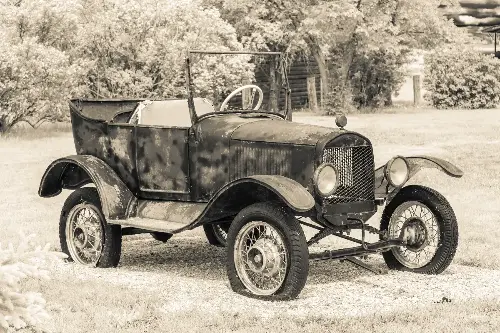
At the dawn of the 20th century, the automobile was a luxury reserved for society’s elite. That all changed in 1908 when the Ford Model T rolled onto the scene. Henry Ford and his ingenious assembly line transformed car manufacturing, turning what was once a hand-built novelty into an affordable commodity. Over 15 million Model Ts were produced from 1908 to 1927, putting America—and soon the world—on wheels.
The Model T wasn't just important for its price tag, though that certainly helped. Its robust 2.9-litre engine and easily replaceable components meant it could handle the rugged roads and minimal infrastructure of the era. Farmers used it as a tractor, mailmen as a delivery vehicle, and adventurous families as a ticket to explore previously unreachable corners of the countryside. Ford’s “any colour so long as it’s black” paint policy kept things simple and fast, and the car’s simplicity meant even amateur mechanics could perform repairs by the roadside. The Model T wasn’t just a car; it was the beginning of mass mobility.
Engineering Excellence: Volkswagen Beetle
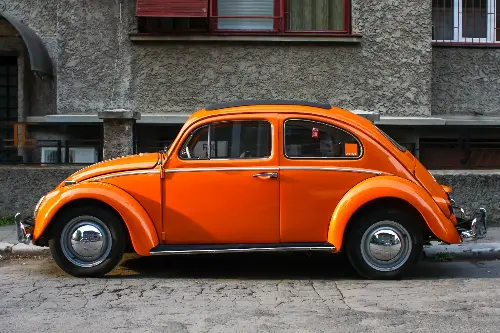
While the Ford put America on wheels, the Volkswagen Beetle took the world for a spin. Conceived in 1938 under the vision of Ferdinand Porsche and commissioned by Adolf Hitler as the “people’s car,” the Beetle became a post-war symbol of fun and freedom. With more than 21 million produced, the Beetle holds the record as the longest-running and most-manufactured car of a single design platform.
What made the Beetle so revolutionary? Its air-cooled, rear-mounted engine and curvy, bug-like silhouette not only looked distinctive but offered practical benefits. In cold climates, the air-cooled engine proved less likely to freeze than water-based alternatives, and its compact size belied impressive durability and reliability. During the 1960s counterculture era, the Beetle became an icon for peace-loving youth, capturing imaginations with its quirky charm and robust engineering. Wherever you travelled, a Beetle could be found buzzing along, leaving a global legacy on nearly every continent.
The Spirit of Speed: Mini Cooper
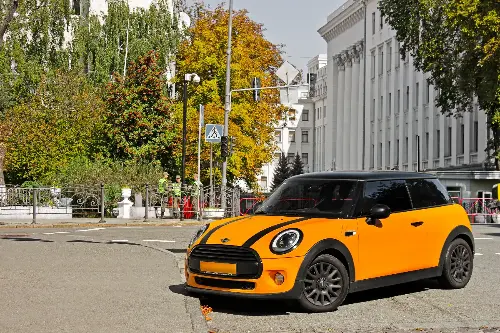
If British car culture had a flag, the Mini would be emblazoned across it. Launched in 1959 amidst fuel shortages and social change, the original Mini was designed by Alec Issigonis to maximise space and save fuel. Its revolutionary transverse engine layout and front-wheel drive set the template for nearly every small car that followed.
But what really made the Mini a game-changer was its ability to blend practicality with fun. It was a family car that handled like a go-kart. Legendary racing driver John Cooper saw its potential, turning it into the Mini Cooper—a rallying and motorsport sensation that dominated races like the Monte Carlo Rally throughout the 1960s. With its cheeky looks, affordable price, and agile performance, the Mini didn’t just become a British icon; it redefined how small cars could punch far above their weight.
Driving the Future: Toyota Prius
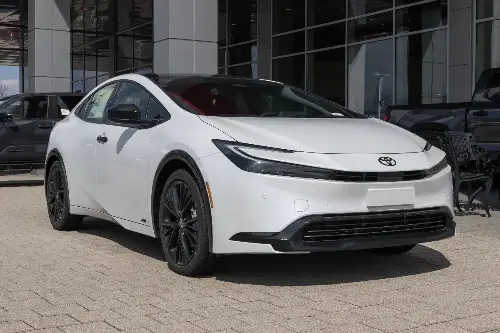
By the late 20th century, the automotive world faced new challenges—chief among them, climate change and the need for innovation. Enter the Toyota Prius, first launched in Japan in 1997 and globally by the early 2000s. The Prius wasn’t the first hybrid car ever built, but it was the first to be mass-produced and widely adopted.
Toyota’s hybrid system combined a petrol engine with an electric motor, allowing the car to switch seamlessly between power sources. What sounded like science fiction rapidly became an everyday sight on city streets worldwide. A symbol of environmental consciousness, the Prius became a mainstay in Hollywood car parks and urban taxi ranks alike, and it influenced the entire industry to invest heavily in alternative powertrains. With millions sold, the Prius didn’t just cut emissions—it shifted the expectations and possibilities for what daily driving could mean in a greener world.
The Rise of Electric: Tesla Model S
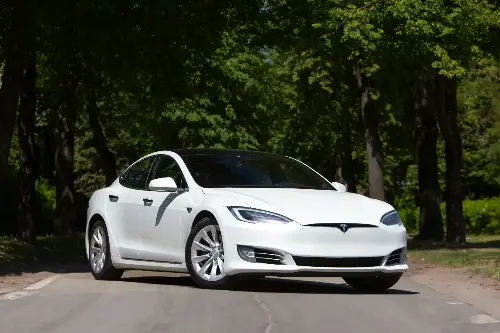
Electric cars have existed in one form or another since the late 19th century, but it was only in the 21st century that one car truly electrified the public imagination: the Tesla Model S. Released in 2012, the Model S set a new benchmark by combining long-range ability (over 300 miles per charge) with breathtaking acceleration—becoming the first electric car to seriously challenge petrol-powered performance cars.
With innovative over-the-air software updates, a minimalist interior highlighted by a huge touchscreen, and an expanding Supercharger network, the Model S changed perceptions of what an electric car could be. Tesla proved that green technology and luxury could go hand in hand, and the Model S quickly became a status symbol for the eco-conscious elite and tech enthusiasts alike. It didn’t just accelerate with dizzying speed—it accelerated the transition to sustainable transport, heralding a seismic shift across the entire automotive industry.
Throughout history, these five cars did far more than serve as transport—they challenged and changed our very definition of what a car could be. By revolutionising manufacturing, engineering, rallying, sustainability, and electric performance, they have each paved the way for new dreams and innovations that continue to shape the roads—and societies—of tomorrow.
